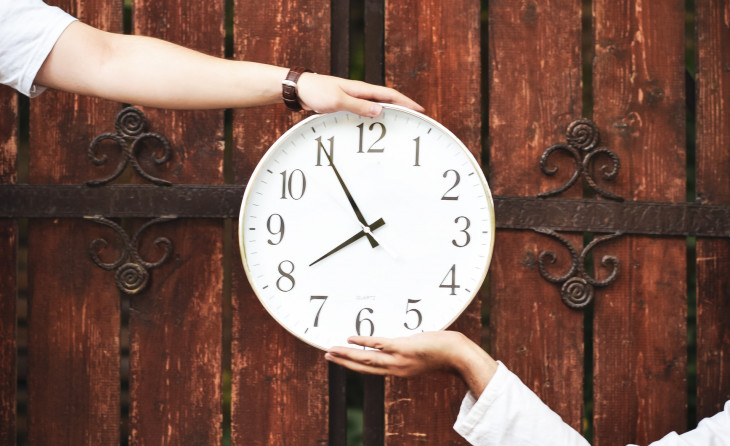Gender Differences in Time Use Across Age Groups
The last decades have seen remarkable progress towards gender equality in how men and women spend time in multiple activities. Since the 1970s, women have entered massively into the labor force, while men have significantly increased their participation in domestic tasks, especially in childcare activities. However, research reveals that women remain more actively involved than men in housework and childcare and less active in employment, leading to women’s disadvantages in income, health, and stress levels. Previous studies found that gender gaps in time spent on paid work and domestic chores augment during early adulthood and early/middle adulthood, which are life stages in which partnership and parenthood transitions are most common. How gender gaps in the use of time change over the entire life – from childhood to old age – is less studied, especially from a cross-national perspective.
In a new study, Joan García Román (Centre d’Estudis Demogràfics) and Pablo Gracia (Trinity College Dublin) use large-scale cross-national time-diary data from the Multinational Time Use Study covering the period from 2005 to 2015 to examine gender differences in time use by age groups. The study makes three main contributions to the literature: First, it encompasses regions that have been commonly omitted in previous comparative literature, such as East-Central Europe (i.e., Hungary) and East Asia (i.e., South Korea). Second, it examines time-use patterns from adolescence (10-17 years old) to old age (65 years old and older). Third, it examines, not only paid work, housework, care work and leisure in general, but also other key markers of men’s and women’s health and well-being over their life course: sleeping, personal care, eating, and studying.
Their results show that gender gaps in time use are small in essential activities such as sleeping and meals, moderate in leisure time, and highest in paid work (with men doing more of it) and domestic work (with women doing more of it). Yet, these gender gaps were largest in South Korea, Hungary, and Southern Europe (more in Italy than in Spain). Western Europe (i.e. France, Netherlands) showed intermediate gender gaps in time use. Anglo-Saxon countries (more in Canada than the US and UK) and Finland showed the lowest gender differences in time-use patterns.
From a life-course perspective, gender gaps in housework and care work were largest in the adult population over 29 and 44 years old, narrowing substantially among the elderly (from 65 years old onward). Italy, and especially South Korea, exhibited the largest gender gaps in domestic work, while Canada and Finland presented smaller gaps for these age groups in these activities. Furthermore, gender gaps in paid work were largest during early/middle and middle/late adulthood (aged 30-44 and 45-64), and this was especially true for the Netherlands.
Overall, the study shows that age and gender intersect strongly in affecting time-use patterns but also that the national context plays an important role in shaping gender-age interactions in time use allocation. Policy and cultural contexts can critically shape the opportunities that men and women encounter to engage in different activities with key well-being and health implications across age-specific life stages.
Source

No comments:
Post a Comment